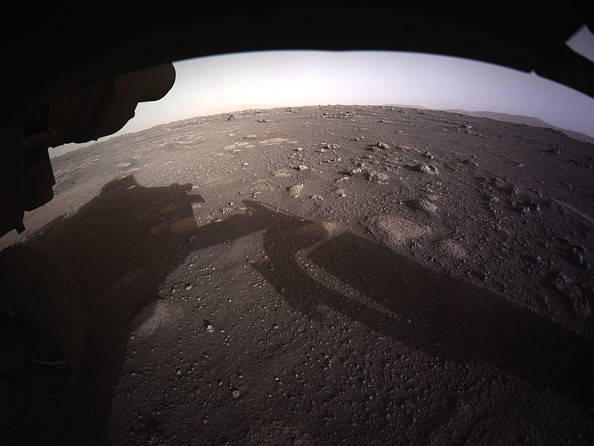NASA astronauts' new high-tech vacuum sleeping bags seek to provide a solution to their vision problems as the space agency gears up for long-term missions to the Moon and, later on, Mars.

NASA Astronauts and Vision Problems
Although NASA has been sending astronauts to the International Space Station or the ISS to stay for a couple of months for years now, the solution to their vision problems after going back to Earth remains to be seen.
As per the report by GenSide UK, the strange effect of staying in space for a prolonged time was first discovered way back in 2005.
During that time, a NASA astronaut, John Philips, flew back to Earth with a significant decrease in his eyesight after staying in the ISS for six months. His vision went from 20/20 to 20/100 after his space mission.
After which, there have been a couple of theories that have emerged from the incident.
However, the reason behind it has only been unraveled after research, which was led by a professor of radiology and biomedical engineering at the University of Miami, Noam Alperin, investigated it.
The study went on to figure out that the eyesight problem from staying in outer space after a few months is caused by a change in the chemistry of the brain of a person.
To be precise, the research found out that the cerebrospinal fluid in some parts of the brain of astronauts increases, which then results in significant vision loss.
The additional fluid in the brain specifically causes the eyeballs of humans to permanently flatten, which end up in vision problems, or worse cases, blindness.
NASA Astronauts' Vacuum Sleeping Bags
With all that said, a group of scientists from the Southwestern Medical Center of the University of Texas or UT focused to study the issue that NASA astronauts are facing with regards to their eyesight.
As per the report by Republic World, the United States space agency reached out to UT to unfold a solution to the raging eyesight problem amongst their astronauts.
It comes as NASA is also looking forward to bringing back humans to the Moon, and soon after, the Red Planet.
The study of the scientist-led them into developing a vacuum sleeping bag that could prevent the flattening of the eyeballs of those who will stay in space for a couple of months.
Read Also : China Space Program to Use Powerful Nuclear Reactor for Mars Missions! 100x More Efficient Than NASA's
NASA Astronauts' Sleeping Bags: How it Works
Essentially, the sleeping bags for the astronauts of NASA helps prevent their bodily fluids from floating to their brains.
To do this, the researchers included a vacuum or a suction function in the sleeping bag in lieu of gravity on Earth.
It is worth noting that such vision problems on our home planet are impossible to happen as the fluids from our heads go down to our bodies once we get out of bed.
On the flip side, at least half a gallon of bodily fluids of folks in outer space stay on their head. The sleeping bag seeks to prevent the chemicals from messing up with their heads.
Related Article : Terraforming Mars With Artificial Magnetic Field? Experts Say it's Possible Through Martian Moon Phobos, But How?
This article is owned by Tech Times
Written by Teejay Boris
ⓒ 2025 TECHTIMES.com All rights reserved. Do not reproduce without permission.




